How Security Engineers Use Observability Pipelines
In data management, numerous roles rely on and regularly use telemetry data.
The security engineer is one of these roles.
Security engineers are the vigilant sentries, working diligently to identify and address vulnerabilities in the software applications and systems we use and enjoy today. Whether it’s by building an entirely new system or applying current best practices to enhance an existing one, security engineers ensure that your systems and data are always protected.
With the number of use cases around telemetry data (logs, metrics, traces) increasing, organizations need to understand how security engineers utilize it and what challenges they face while accessing it. It’s why Mezmo recently conducted research with The Harris Poll to better understand how they interact with observability data, the challenges they face when managing it at scale, and what their ideal solution might look like.
The Security Engineer
Meet your typical security engineer.
They love their job and, for the most part, have always been a security engineer and want to continue in this line of work. They prioritize advancing their skill and experience in terms of career goals. However, security engineers are also extremely technical individuals with an eye for detail, an ability to work under pressure, and ethical standards to guide them along the way.
At a company, the security engineer is likely to be responsible for:
- Data Management: Security engineers monitor and triage the insights gained from observability data.
- Platform Performance and Solutions: Security engineers design, test, and implement the architecture that secures applications and infrastructure.
- Security Tool Management: Security engineers procure and manage security tools to ensure that systems remain secure with the latest technologies.
Security engineers regularly use observability data for numerous tasks, such as cybersecurity, threat detection and management, and firewall integrity. However, that data comes from various applications and environments, on an average of 4 different sources. In addition, they use 2 platforms on average to manage, access, and take action on that data.
All In One Place: The Reality for Security Engineers
Security engineers often face numerous challenges when managing observability data, such as the growing volume and diversity of data sources, including containerized environments. With roughly 3-4 application components to handle at any given time, security engineers and their teams must deal with collecting, processing, and utilizing data for threat detection and mitigation.
Additionally, the cost of aggregating and storing such large amounts of data pose a big concern for security engineers, as their budgets may not keep up with the increasing data volume.
Fortunately for security engineers, observability pipelines exist.
The Ideal Observability Pipeline for the Security Engineer
Observability pipelines can reduce the amount of management security engineers have to do with their data at the application level, ultimately enabling them to better control and derive value from it. By enabling security engineers to collect, transform, and route data to the right destination with the right context, security engineers can reduce spending on data, get more value from it and pay only for the data that they plan to use.
That said, the ideal observability pipeline for the security engineer would support these key things.
Collection of Data from Multiple Sources
A pipeline that can aggregate data from various sources, such as cloud services and applications, would make it easier for security engineers to collect and manage their telemetry data. The pipeline should also support standard network protocols and popular formats to simplify the ingestion process and enable security engineers to redirect existing clients to new ingestion points with minimal effort.
Data Transformation and Routing
One seldom mentioned aspect of data management, especially with respect to observability, is the ability to not only route the data, but to transform it as well. The ideal observability pipeline for security engineers should enable security engineers to transform their data into a more consistent and useful format, helping them derive cross-team insights and make data consistent across different sources and formats.
Easy Integration Functionality
Integrating an observability pipeline with the technology that security engineers and their teams are already using can save significant time and resources. Supporting easy integration would reduce the need for manual management and make the process less resource-intensive.
Mezmo Empowers the Security Engineer
Mezmo’s Observability Pipeline solution enables the security engineer to bring data together from multiple sources and deliver it to the right systems for analysis and action. With Mezmo, security engineers can collect, transform, and route data, providing timely system insights while enabling them to manage data volume
Additionally, because you only pay for the data most valuable and have the option to store or process data in the right platforms, companies don’t have to worry about breaking the bank to enable their security engineers to do their job.
Tip: To learn more about the security engineer’s needs, priorities, and how they interact with other roles in an organization, like the security engineer and site reliability engineer (SRE), check out our latest white paper, The Impact of Observability: A Cross-Organizational Study.
With Observability Pipeline, you can:
- Access and control data to improve efficiency and reduce costs
- Aggregate and reduce observability data so that security engineers can leverage and see the information they need from one central location
- Transform your organization by empowering every team with the data they need
To learn more about Observability Pipeline, talk to a Mezmo solutions specialist or request a demo.
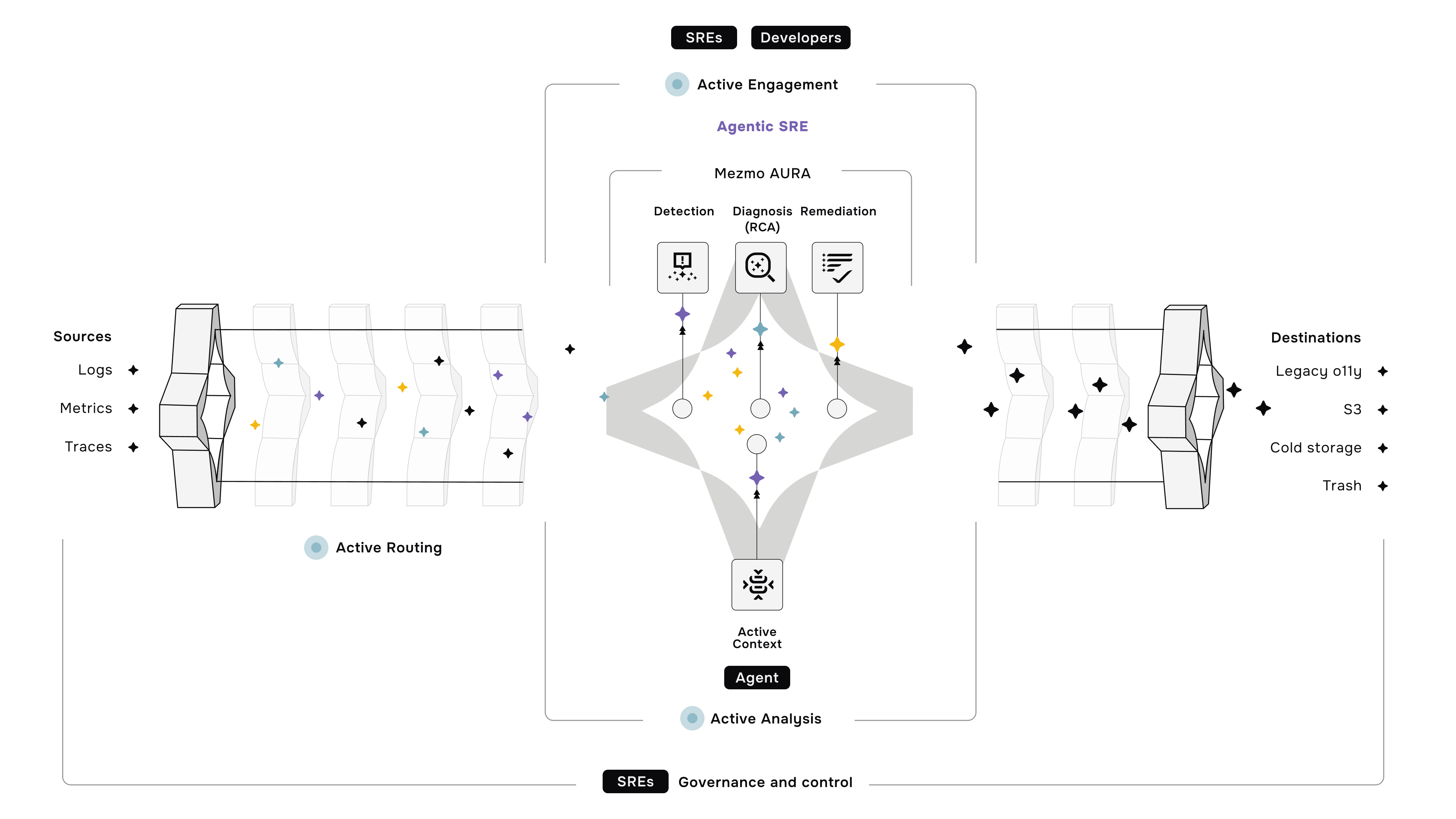

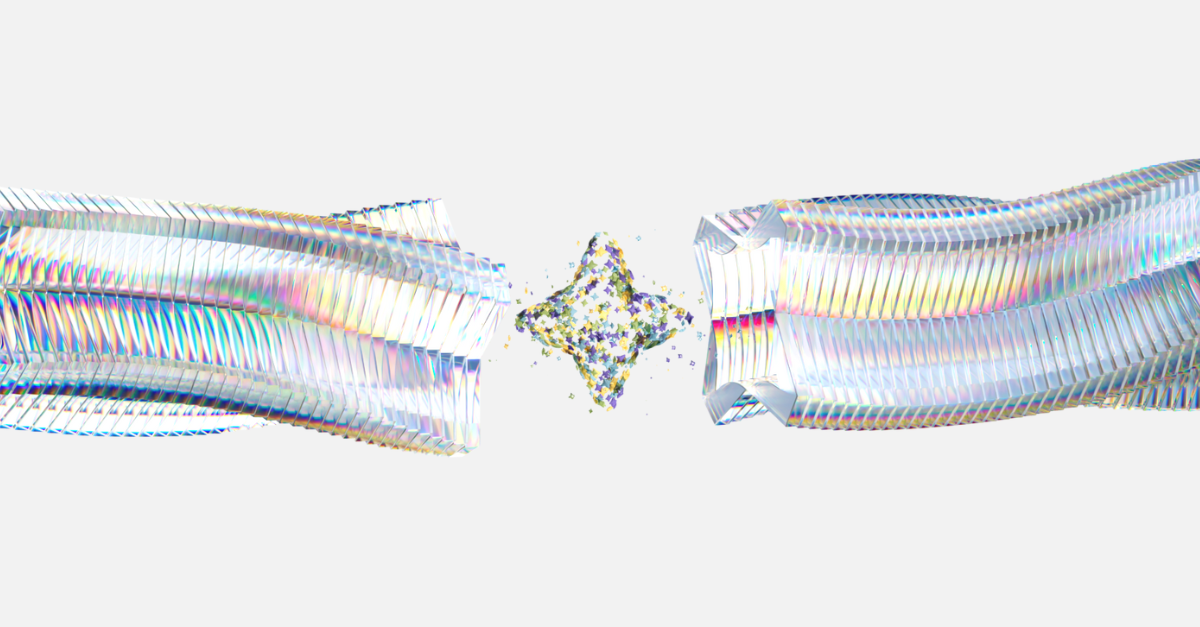




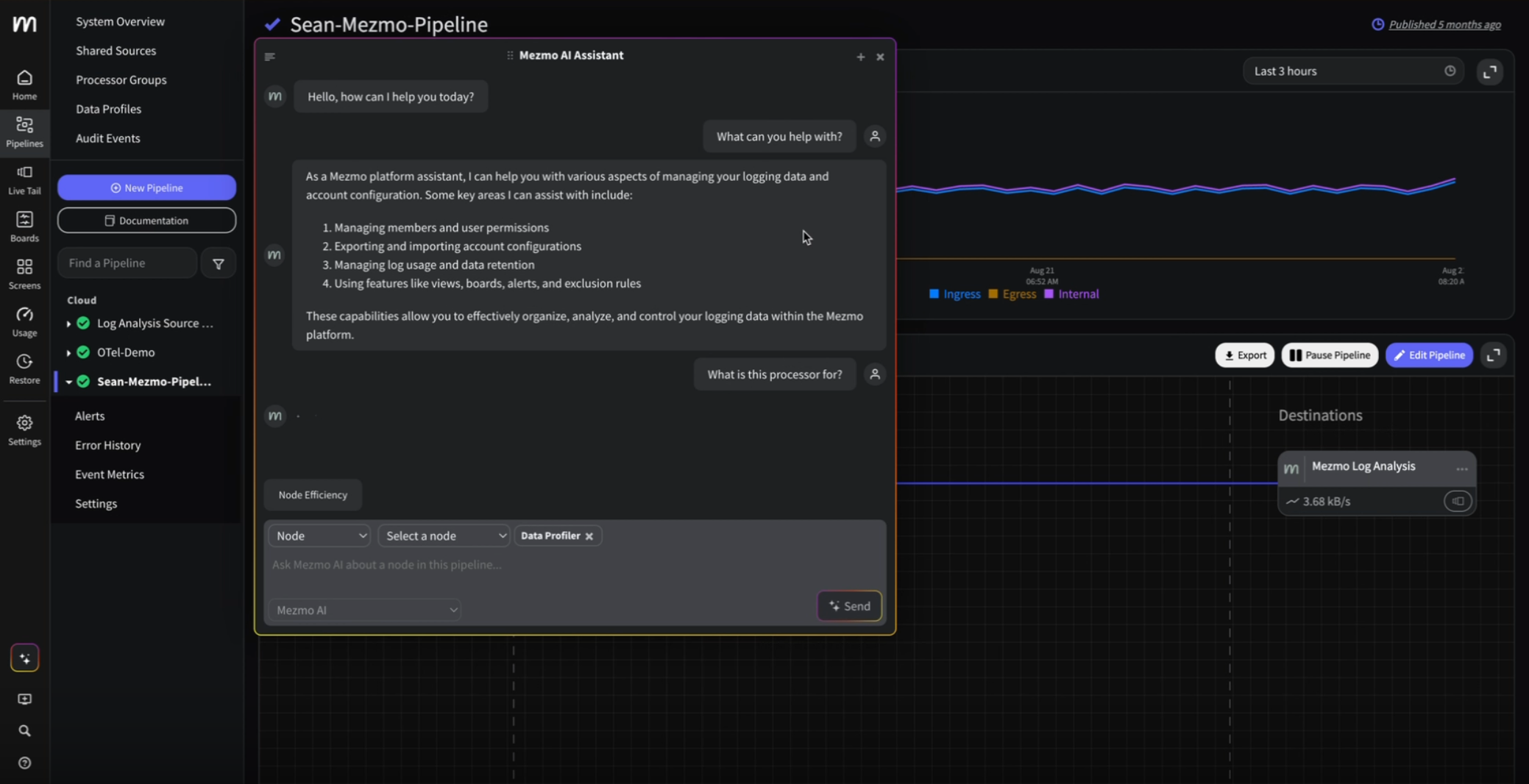
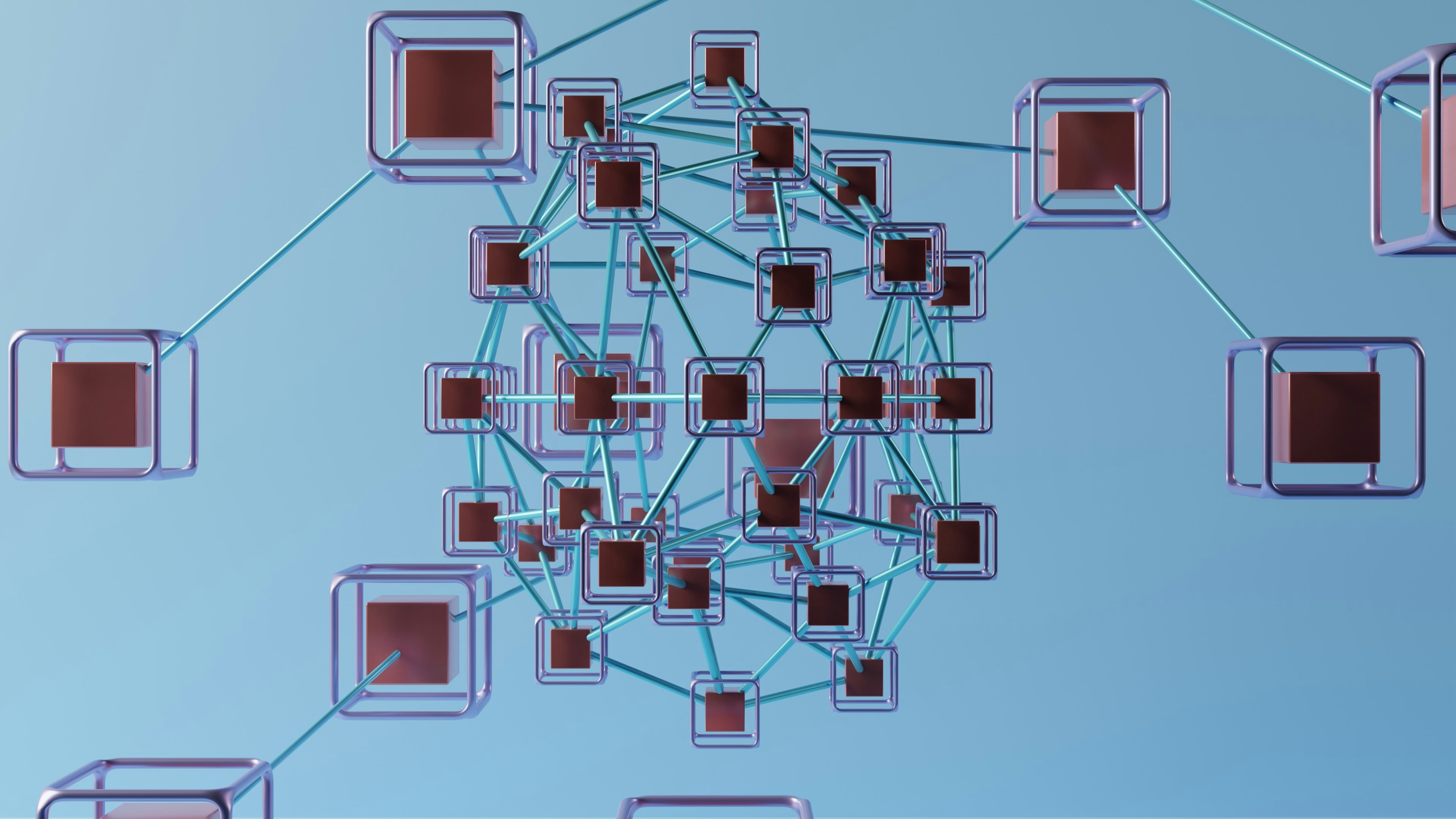

.png)




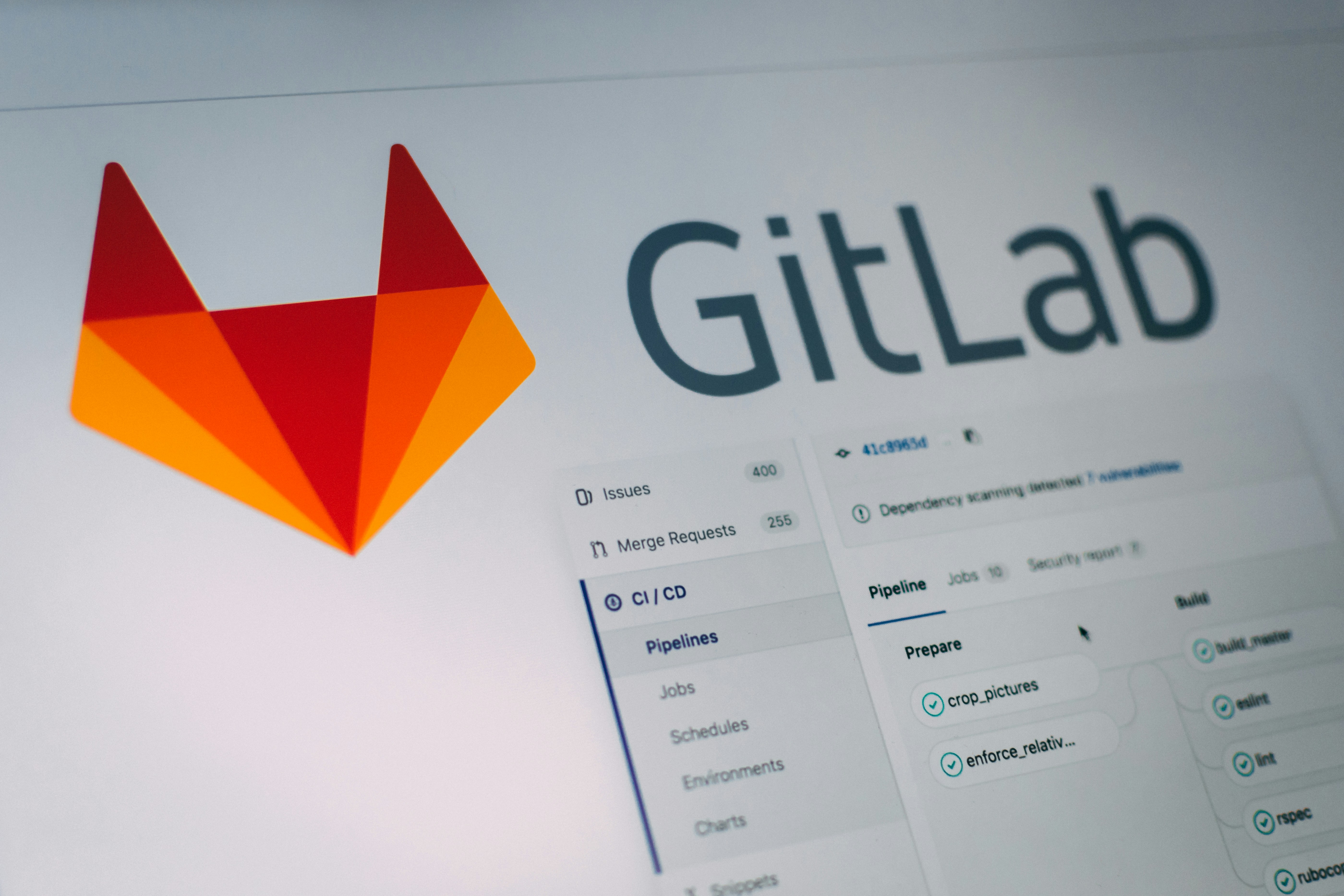
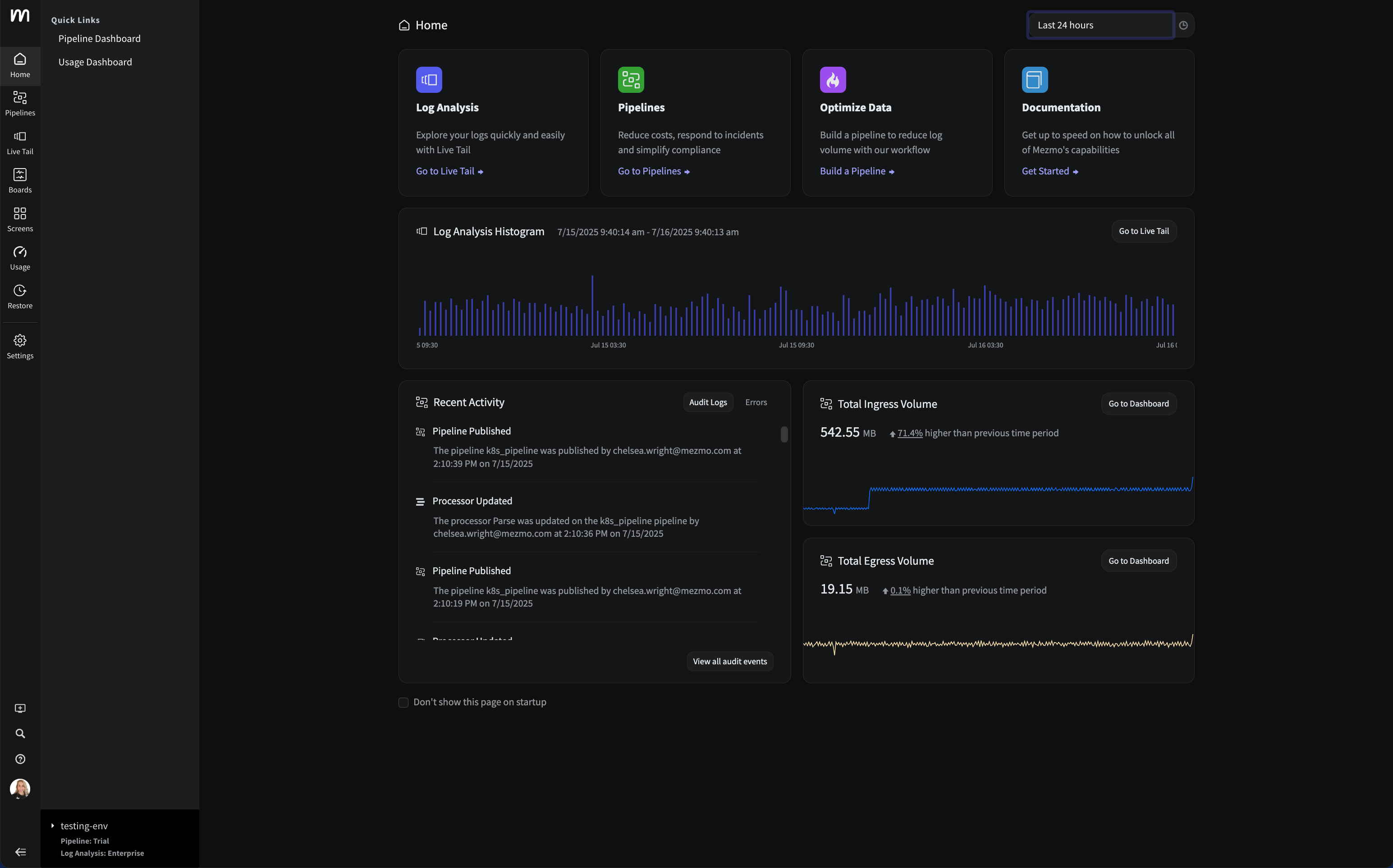


















.png)





































































